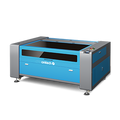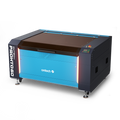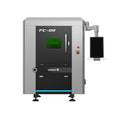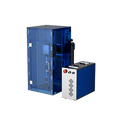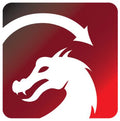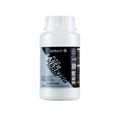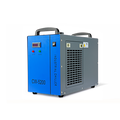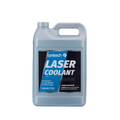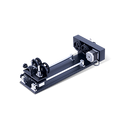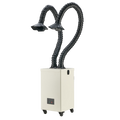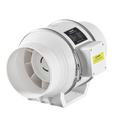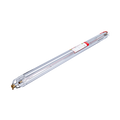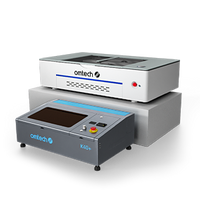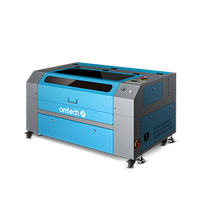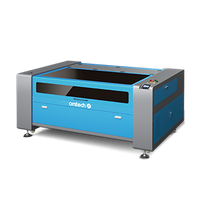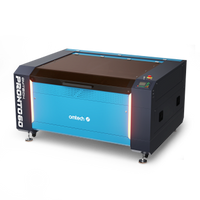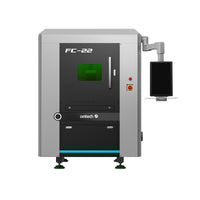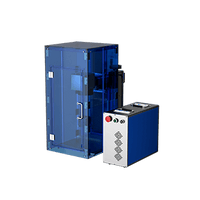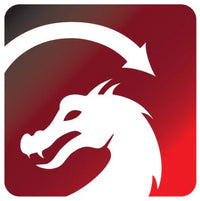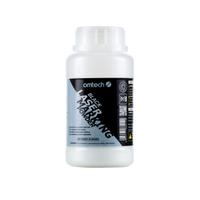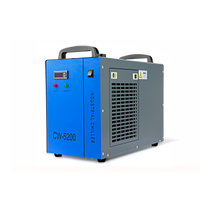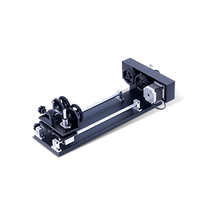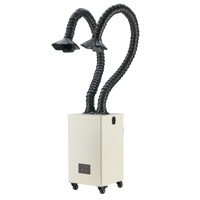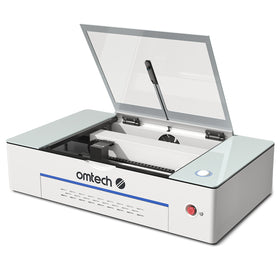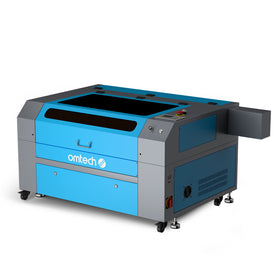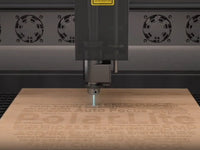A Complete List of Laser Engraving Materials for OMTech 50W Fibre Laser
The OMTech 50W Fibre Laser (F-50) is built for precision, speed, and professional-grade results — especially when working with metal. Unlike CO₂ laser engravers that excel on wood, acrylic, or leather, a fibre laser operates at a different wavelength (1064 nm), allowing it to mark and engrave metal surfaces with incredible detail and durability. Whether you’re a small business owner customizing metal products, a jeweler engraving fine details, or an industrial user marking components, knowing which laser engraving materials work best with your OMTech 50W Fibre Laser can make all the difference. In this guide, we’ll walk you through a complete list of compatible materials, highlight those you should avoid, and share essential engraving and safety tips to help you get the most out of your fibre laser machine.

Compatible Laser Engraving Materials for the OMTech F-50
The OMTech 50W Fibre Laser is designed to engrave and mark a wide range of metal and industrial-grade materials. Below are the main categories you can work with:
• Aluminium
• Brass
• Carbide
• Gold
• Silver
• Steel
• Stone, including Granite, Marble, etc.
• Titanium
• Tungsten
This machine can be used with some other metals, hard plastics, and other materials with some care. For other materials, if you are unsure about its safety or laserability with this device, seek out its material safety data sheet (MSDS). Pay especial attention to information about safety, toxicity, corrosiveness, reflectivity, and reaction(s) to high heat.
Alternatively, contact our support department for further guidance.
Materials to Avoid for the OMTech F-50
Although the OMTech 50W Fibre Laser is incredibly versatile, there are some materials you should never use:
• Artificial Leather containing Hexavalent Chromium (Cr[VI]), due to its toxic fumes
• Astatine, due to its toxic fumes
• Beryllium Oxide, due to its toxic fumes
• Bromine, due to its toxic fumes
• Chlorine, including Polyvinyl Butyrale (PVB) and Polyvinyl Chloride (PVC, Vinyl, Cintra, etc.), due to its toxic fumes
• Fluorine, including Polytetrafluoroethylenes (Teflon, PTFE, etc.), due to its toxic fumes
• Iodine, due to its toxic fumes
• Paper and Paperboard, due to their high flammability when exposed to the concentrated laser
• Phenolic Resins, including various forms of Epoxy, due to their toxic fumes
• Wood, including MDF, Plywood, Balsa, Birch, Cherry, Oak, Poplar, etc., due to its high flammability
Instructions for Specific Materials
Metals

When engraving metals, generally use high power, a low frequency, and low to medium speed settings. To avoid using your marker at greater than 80% power for extended periods, you can also get similar effects by reducing the power somewhat while also increasing the number of passes or decreasing the engraving speed. Be mindful that some metals will produce conducting, reflective, and/or toxic dust. Softer metals naturally produce more dust during engraving, while harder metals can require higher power settings that also produce more dust. In addition to the risk to the user's skin and eyes, there may be enough dust produced (especially for repetitive industrial applications) that a full ventilation system is required to address the problem. Similarly, operators and others in the work area may need to use breathing PPE such as masks and respirators.
Aluminium: Bare aluminium requires a somewhat higher frequency than other metals and will never produce a strong black mark similar to those created by engraving steel. When darker marking is required, consider employing anodisation or producing a deep engraving that can be darkened by using black epoxy or other filler. Anodised aluminium requires a little more speed but a very low frequency.
Powder Coated Metals: Metals with a powder coating usually require a very high frequency and, for best results, at least 3 passes to remove the coating and polish the bare lower layer.
Precious Metals: Gold and similarly soft metals should be engraved with less power but a moderate speed. Silver and other semidurable metals are best engraved at a slightly higher power and slightly slower speed, but still not at the same power and speed as steel or aluminium.
Plastics
When engraving plastics, generally use low power and high speed settings. Marking and engraving with too much power or at too low a speed can concentrate too much energy at the point of contact, causing the plastic to melt. Among other problems, this may produce poor engraving quality, noxious fumes and even fires.
Stone

When engraving various kinds of stone, generally use moderate power and speed at low frequency. As with ceramics and metals, be mindful of the dust created (especially for repetitive industrial applications) and take similar measures to ensure the safety of users and others in the work area.
Material Safety Instructions
- Users of this fibre marking machine are responsible for confirming that materials to be processed can withstand the heat of laser and will not produce any emissions or byproducts either harmful to people nearby or in violation of any local or national laws or regulations. In particular, do not use this device to process polyvinyl chloride (PVC), teflon, or other halogen containing materials under any circumstances.
- Users of this fibre laser are responsible for ensuring that every person present during operation has sufficient PPE to avoid any injury from emissions or byproducts of the materials being processed. In addition to the protective laser eyewear discussed above, this may require goggles, masks or respirators, gloves, and other protective outer clothing.
- DO NOT ever under any circumstances use this laser engraver if the exhaust system is not working properly. Always ensure that the exhaust fan can remove the dust and gas produced by the engraving process in accordance with all applicable local and national laws and regulations. Immediately stop use if the exhaust fan or vent pipe malfunctions.
- Users must exercise special caution when working with conductive materials as buildup of their dust and ambient particles may damage electrical components, cause short circuits, or produce other effects including reflected laser radiation.
Conclusion
The OMTech 50W Fibre Laser Machine opens up a world of professional engraving possibilities — from stainless steel tumblers to anodized aluminium tags and fine jewelry. By understanding which materials are compatible (and which to avoid), you’ll get cleaner results, extend your laser’s lifespan, and engrave with greater confidence. Before working with a new material, always review OMTech’s official manual and perform a quick test. With the right setup and a bit of experimentation, your 50W fibre laser will deliver flawless, permanent engravings every time.





